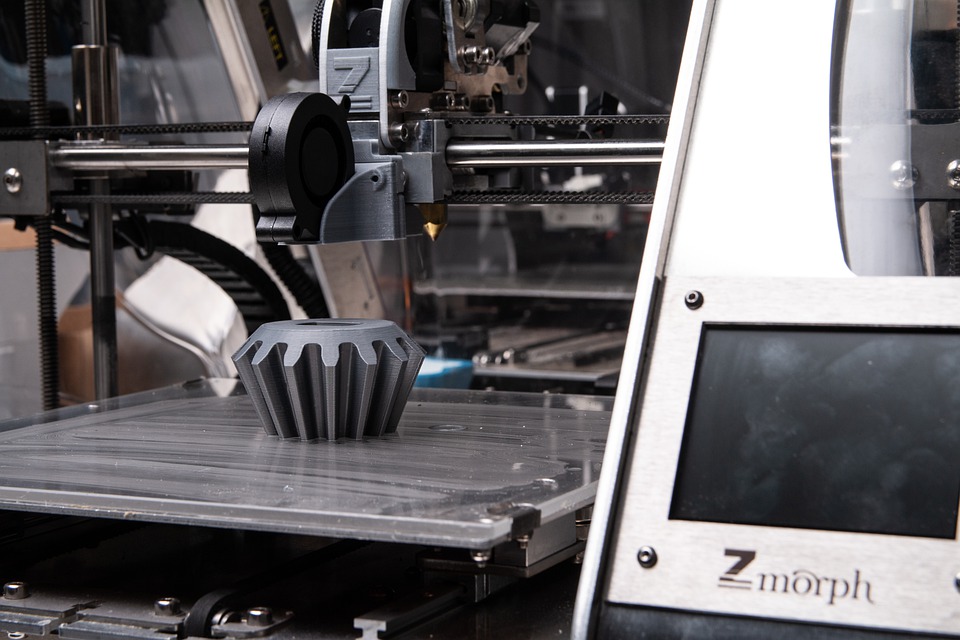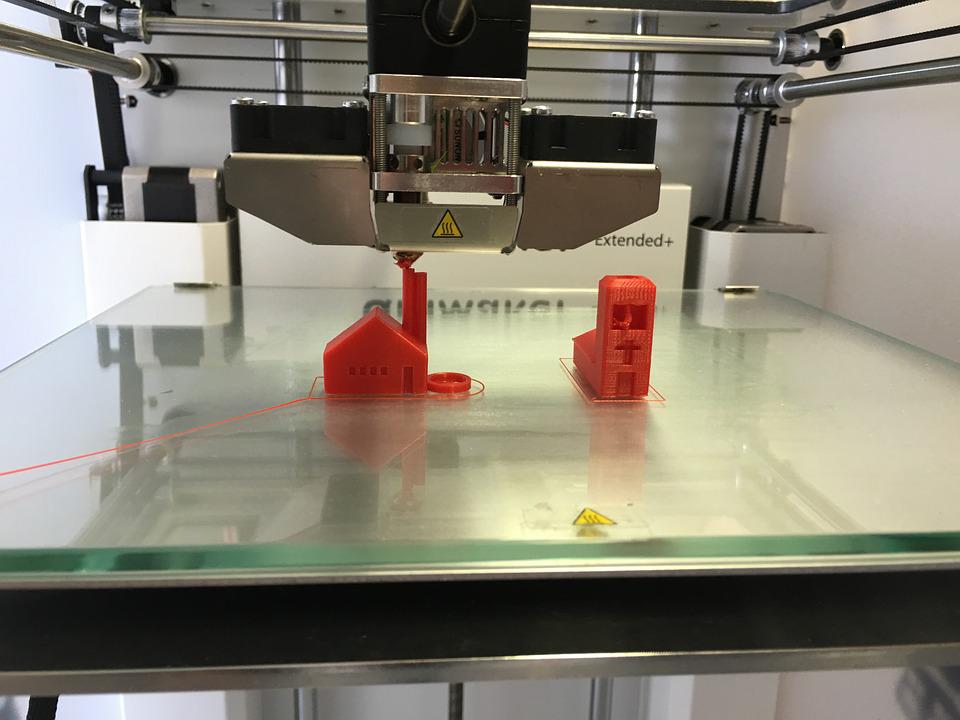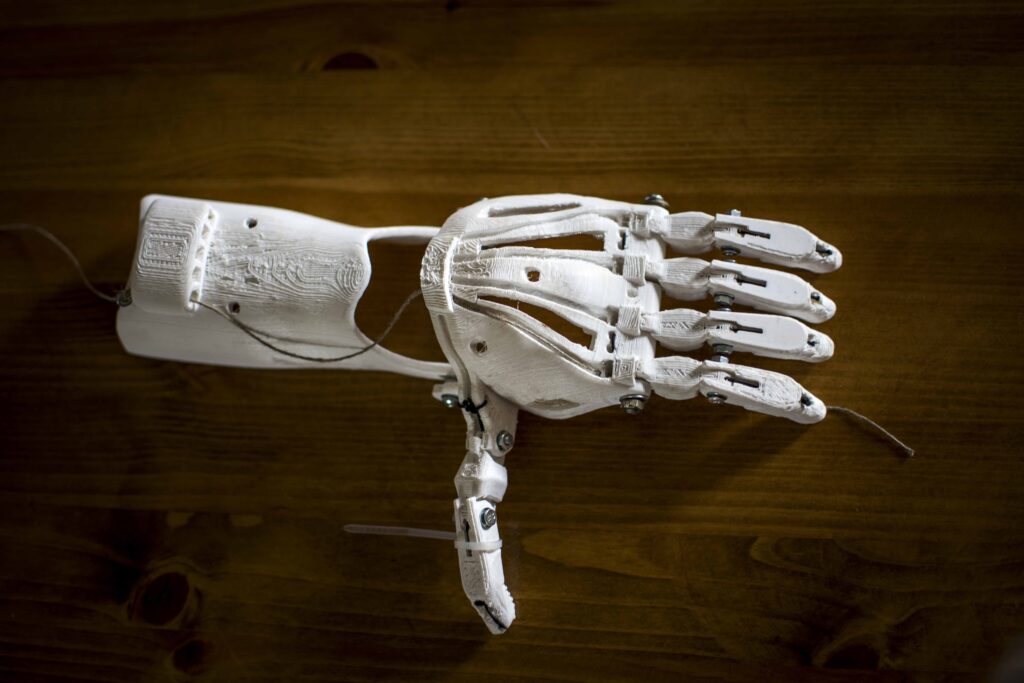
To produce consistently high-quality products, 3D printing, like any other manufacturing process, requires high-quality materials that satisfy consistent specifications. Material controls methods, requirements, and agreements are developed between suppliers, buyers, and end-users of the material to achieve sustainability. 3D printing technology can create completely functioning components out of a variety of materials, including ceramics, metals, polymers, composites, and functionally graded materials.
Metals
Due to the overall benefits offered by metal 3D printing technology, it has attracted a lot of interest in the aerospace, automobile, medical, and manufacturing industries. Metal materials offer outstanding physical qualities, and they may be employed in a variety of applications, from printing human organs to aircraft parts. Aluminum alloys, cobalt-based alloys, nickel-based alloys, stainless steel, and titanium alloys are examples of such materials.
Polymers
3D Printed technologies are widely used for the manufacturing of polymer components. Through FDM (Fused Deposition Modelling), successive layers of extruded thermoplastic filament (polylactic acid (PLA), acrylonitrile butadiene styrene (ABS), polypropylene (PP), or polyethylene (PE)) can make 3D printed objects. The materials having in liquid state or with low melting points are widely used for 3D printing as they have low cost and low weight. Polymer materials play a vital role in medical products by providing efficient functional devices and mechanical support.

Ceramics
3D printing objects can be manufactured using ceramics and concrete without any defects through proper optimization of the parameters. Having a fluid state initially ceramics can build any geometry and shape. Ceramics have wide applications in dental and aerospace. Ceramics includes alumina, bioactive glasses, and zirconia. Alumina is an excellent ceramic oxide with a very wide variety of applications in different industries. 3D printing technology can be used to make complex-shaped alumina parts that have high density. Moreover, ceramic is strong, durable, and fire-resistant which makes it a perfect fit for 3D printing objects.
Composites
The tailored properties, low weight, and exceptional versatility of ceramics have been revolutionizing many industries. Carbon fiber reinforced polymer composites are widely used in the aerospace industries due to their high stiffness, strength, and good mechanical properties. Additionally, 3D printed glass fiber reinforced polymer composite objects are widely used in different applications due to cost-effectiveness and high performance. An example of a 3D printed applicant is fiberglass which has a relatively low coefficient of thermal expansion and is not affected by the curing temperature when used in manufacturing processes.
Special Materials Used for 3D Printing
Food
Food materials can be used to 3D print food materials like chocolate, meat, pizza, and much more. Through 3D printing technologies, healthy food can be 3D printed as this process allows the customers to adjust the ingredients of food materials without reducing the nutrients and taste of the ingredients.
Textile
The development of 3D textile printing has brought an advantage to the fashion industry. As jewelry and clothing can be 3D printed with a short processing time and reduced cost.
Smart Materials
Shape memory alloys and shape memory polymers are some of the examples of smart materials that can be used for 3D printed objects such as soft robotics systems etc.

3D printing technology is already gaining traction in the manufacturing industry, and it has several advantages for people, businesses, and governments. As a result, more information is required to make progress on strategies to improve the use of 3D printing technology. More knowledge of 3D printing technology can aid companies and governments in upgrading and improving 3D printing infrastructure.



